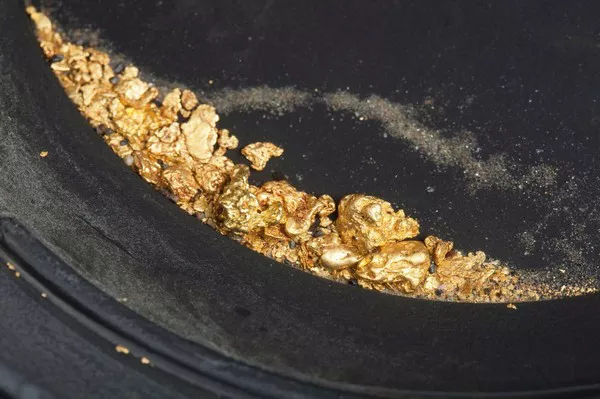Gold has captivated humankind for centuries, captivating our imagination with its intrinsic allure and enduring value. As one of the most sought-after and treasured metals in the world, gold holds a special place in history, finance, and even popular culture. In this article, we delve into the intricacies of gold’s worth, exploring the factors that determine its value, its historical significance, and its role in the modern economy.
A Brief Historical Perspective:
To understand the value of an ounce of gold, we must journey back through the annals of time. Gold has been revered since ancient civilizations, used as currency, a symbol of wealth, and an expression of power. From the Egyptian pharaohs to the Roman Empire and beyond, gold held a universal allure that transcended borders and cultures. Its scarcity, malleability, and resistance to tarnish made it a coveted material for jewelry, art, and trade.
The Determinants of Gold’s Value:
Gold, like any other commodity, is subject to market forces that determine its price. Various factors influence the value of an ounce of gold, including:
- Supply and Demand:
The scarcity of gold plays a pivotal role in its value. Limited supply coupled with consistent demand ensures its enduring worth. Fluctuations in mining output, central bank reserves, and jewelry demand impact the availability of gold in the market.
- Economic Indicators:
Gold is often considered a safe-haven investment during times of economic uncertainty. Factors such as inflation, interest rates, geopolitical tensions, and stock market performance can influence investor sentiment towards gold, thereby affecting its value.
- Currency Strength:
As gold is traded globally, fluctuations in currency exchange rates impact its price. When the value of a currency weakens, investors often flock to gold as a store of value, causing its price to rise.
The Gold Standard and its Demise:
For much of modern history, gold played a significant role in the global financial system through the gold standard. Under this system, currencies were pegged to a fixed amount of gold, ensuring their convertibility. However, the gold standard gradually diminished in the 20th century, and fiat currencies emerged, detached from any physical backing. Today, gold is no longer the official basis of monetary systems, but its value remains significant due to its intrinsic properties.
The Modern Gold Market:
In the contemporary world, gold serves multiple purposes, including investment, jewelry, and industrial applications. The global gold market operates through various channels:
- Bullion Markets:
These markets facilitate the trading of gold bars or coins, commonly known as bullion. Investors can buy and sell gold through exchanges, over-the-counter markets, or even online platforms. The price of gold is primarily determined by these markets.
- Futures and Options:
Financial derivatives such as futures contracts and options allow investors to speculate on the future price of gold. These instruments provide an avenue for hedging against price fluctuations and are actively traded on commodities exchanges.
- ETFs and Gold-backed Securities:
Exchange-traded funds (ETFs) and gold-backed securities offer investors exposure to gold without the need for physical ownership. These investment vehicles track the price of gold and allow for easy buying and selling.
Gold as a Store of Value and Portfolio Diversification:
Gold has long been revered as a store of value, preserving wealth through turbulent times. It has proven its resilience during economic downturns, stock market crashes, and inflationary periods. Many investors view gold as a hedge against financial uncertainty, utilizing it as a diversification tool within their investment portfolios.
The Price of an Ounce of Gold Today:
As of the latest data available, the price of an ounce of gold fluctuates daily based on market dynamics. It is essential to consult reliable sources, such as financial news websites or precious metal exchanges, to obtain the most up-to-date information regarding gold prices.
Conclusion:
An ounce of gold holds a value that transcends its physical form. From its historical significance to its role in the modern economy, gold remains a timeless symbol of wealth, stability, and enduring value. Understanding the determinants of gold’s worth allows us to appreciate its place in the global market and its relevance as an investment option for individuals and institutions alike.


